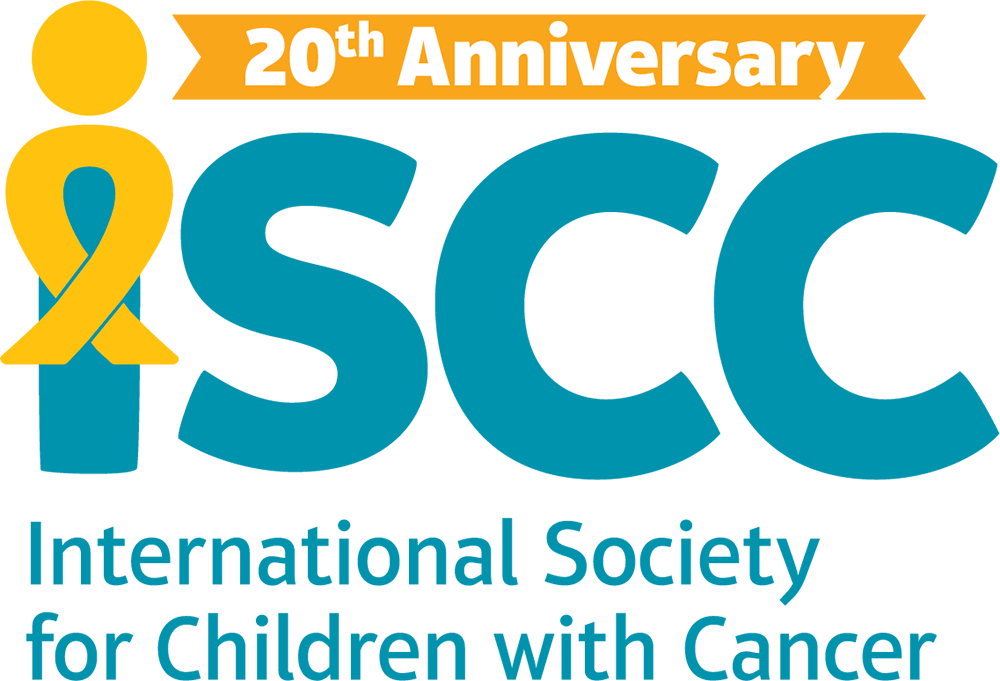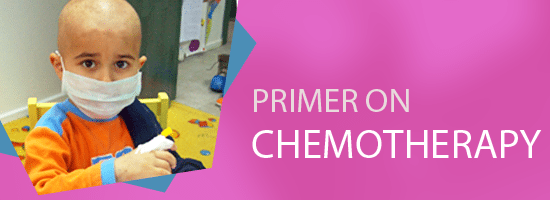Chemotherapy refers to the use of chemicals to destroy cancer cells and treat cancer. It is often used in combination with antibiotics and other medications and methods, such as the combination with radiotherapy to treat cases of lymphoma. Chemotherapy drugs can be placed in a child’s bloodstream to attack cancer cells throughout the body or delivered directly to the site of the cancer. Since cancer cells rapidly reproduce, faster than normal body cells, the usage of chemotherapy to combat those cancer cells is very important for cancer treatment.
When is chemotherapy used?
Chemotherapy can be used in a variety of instances and for differing purposes. In some cases, chemotherapy is used to cure the patient completely and rid the body of all cancer cells. A method called neo-adjuvant therapy refers to the use of chemotherapy to shrink a tumor prior to surgery in order to increase the effectiveness of the procedure. Adjuvant therapy refers to the administration of chemotherapy after a surgical procedure. Chemotherapy can also be used to keep a tumor from returning or to slow down the progression of cancer if it is in the advanced stages.
How is chemotherapy planned?
There are more than 100 different chemotherapy drugs, and they can be used alone or in a combination. The child’s doctor will need to determine which drug combination will work best. Treatment sessions can last anywhere from one day to a few weeks and are followed by a rest period to allow the body to recover. The treatment sessions are then repeated until the scheduled plan is done, at which point the cancer progression will be evaluated. The doctor will determine how long each treatment session will last, what schedule the treatments will follow, and which dosage will be used. The plan, dosage, and drugs that are chosen will depend on the type of cancer involved and how aggressive it is.
What are the side effects?
Side effects for children undergoing chemotherapy can vary greatly from one child to the next. The most common side effects are fatigue, nausea, and hair loss, due to the damage of normal cells from the digestive tract and hair follicles. Medicine can often be given to help keep a child comfortable during the treatments and reduce the side effects. Even though the side effects of chemotherapy are often very uncomfortable, the American Cancer Society recommends measuring the side effects against the benefit of killing unwelcome cancer cells.

